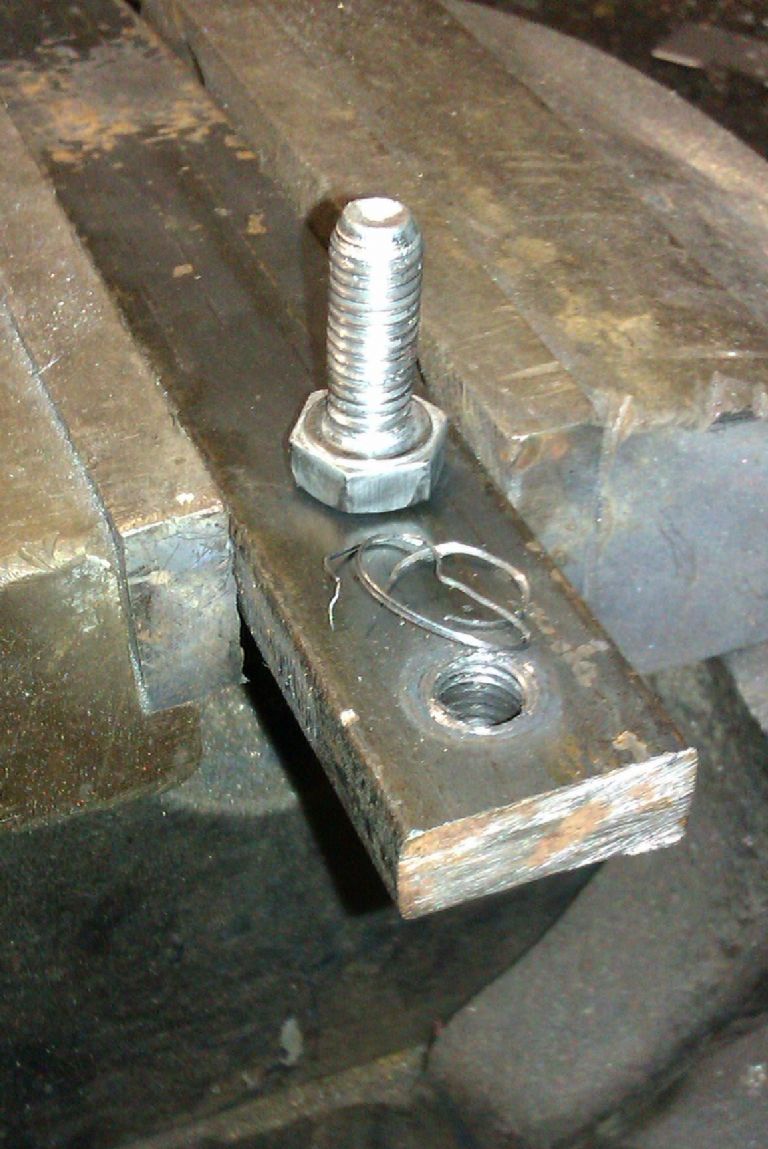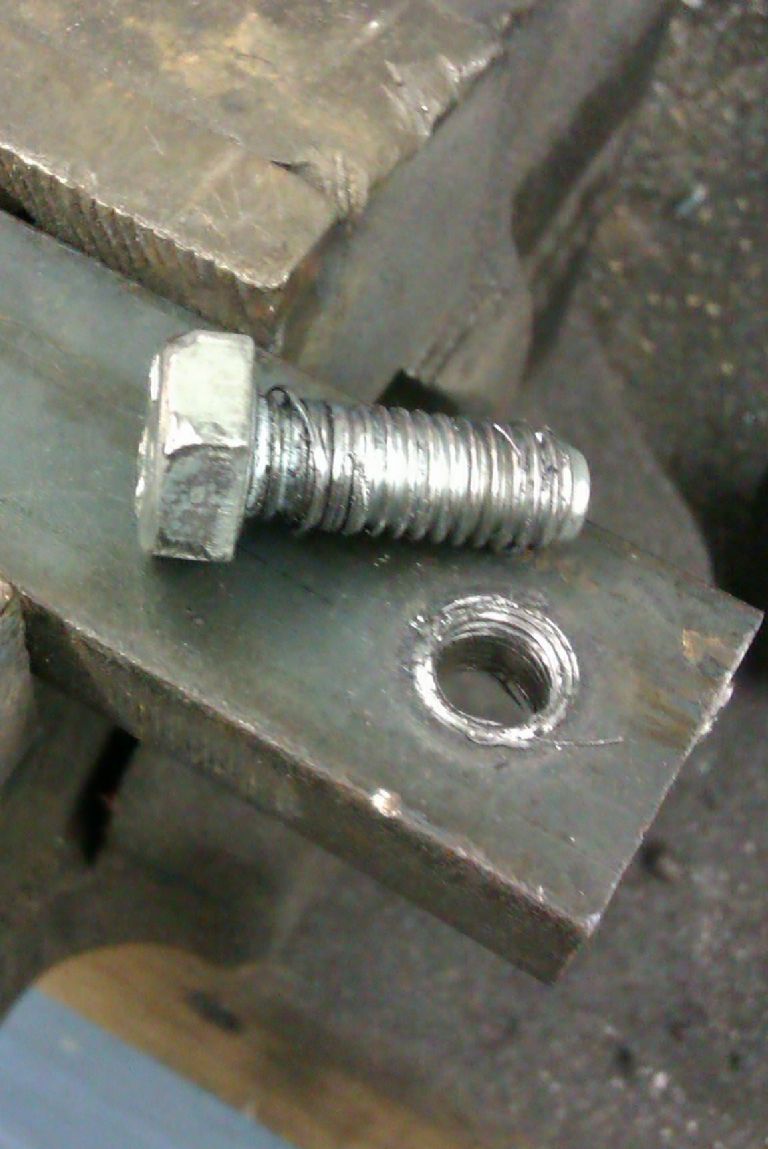The OP should be right now but looking through some info on percentage of thread engagement it seems a bit out. As many of us started out in our early work with BSW and BSF I'll start there.
If we look at the BSW thread form, we will note that both male and female form is the same which means (disregarding working clearance) that if the nut has the full depth of 0.6403P and likewise the bolt has full form we have 100% engagement. However, if we use the workshop formula of OD-Pitch for drill size, then the depth will be only 0.5/06403 = 78% hence the quoting of around this figure for all thread forms. How does that sound?
Now moving on to Metric and Unified thread form (they have the same thread form), the basic thread form depth and maximum engagement of 100% is 0.541P. Note that the female thread has the root radiused to clear the OD of the male thread (see more on this below) Once again, using our OD-P formula, the engagement here will be 0.5/0.541 = 92%, much more than some are quoting. With a bit of metal flow we are most likely at around 96% causing much more load when hand tapping and cause of some tap breakages Maybe this is brought about by some thinking that the nut has the same thread depth as the male thread of 0.613P. NOTE: this figure is for the max male thread depth. Minimum is given as 0.591P. These figures give clearance between minor dia of nut and root of male thread..
Another thing noticed is the quoting of OD on some fasteners being well undersize. Yes this has an effect on the amount of thread engagement depending on how much under it is but has nothing to do with sloppy thread fits. The fit is controlled by the difference in effective diameters.
As I've mentioned above re the root of the female (nut) thread being radiused to clear the screw OD, has anyone taken the time to measure a tap OD? an M10 x 1.5 will measure around 10.2mm. Some of this is used by the clearance for the male thread. The crest of the tap thread is radiused 0.72P if my memory is correct. The height of that radius will be 0.36P. Add this to the 0.541P and we have thread depth of 0.577P in the nut IF THE BORE IS EXACT.
Please note that my post isn't aimed at teaching anyone to suck eggs, just to point out some facts about the threads and maybe help beginners/hobby workshoppers understand why we do things.
Edited By D Hanna on 06/11/2017 09:48:33
Howard Lewis.


 .
.



